Product returns are one of the biggest challenges Ecommerce brands face today, with over 20.8% of all merchandise ordered online being returned in 2021. This resulted in an estimated $761 billion in lost sales for U.S. retailers alone.
If not correctly addressed, product return rates can significantly impact a business’s bottom line and customer satisfaction. Also, handling these returns can be time-consuming and costly, as it involves processing, inspecting, issuing refunds, and potentially restocking and reselling returned items.
Ecommerce return management becomes a complex task that requires you to carefully balance the needs of your customers, your financial considerations, and your operational efficiency.
While trying to reduce the product return rate of your Ecommerce store can seem daunting, there are proactive steps you can take to help minimize returns. In this article, we will explore some of the common reasons for returns in online shopping and how to reduce them with effective strategies – saving you time and money.
The state of Ecommerce returns in 2022
Before diving deep into understanding the reasons for product returns and the strategies to tackle them, let’s check out some developments and trends in this space.
- Return rates are on the rise. According to the IMRG report for 2021, 5% to 15% of online purchases are returned by customers.
- 74% of shoppers do not wish to order from an online store if they had to pay for the return themselves, according to Sendcloud’s 2021 Ecommerce survey.
- Furthermore, 40% of shoppers say they won’t order a product unless the return period is at least 30 days.
- Over 58% of buyers do not purchase without a ‘No Questions Asked’ return policy, according to a UPS study.
Understanding the causes of Ecommerce returns
Product returns are quite common in Ecommerce, and there can be many reasons why customers return your products. While it may be difficult to address every individual reason, understanding the most common ones and addressing them can help you answer the question of how to reduce product returns.
Here are some of the most common reasons for product returns:
- Product defects or quality issues: 20% of all product returns are due to customers receiving defective products or products that don’t meet their expectations in terms of quality.
- Incorrect size or fit: This happens when the products do not fit properly or are not the size they expected.
- Received the wrong product: 23% of all product returns are due to an incorrect item being received, either because of a mistake by the retailer or during the shipping process.
- Product not as described: 22% of all product returns are because they do not match the description provided by the retailer, either in terms of features, size, or color.
The National Retail Federation data below shows the average Ecommerce return rate statistics in different industries:
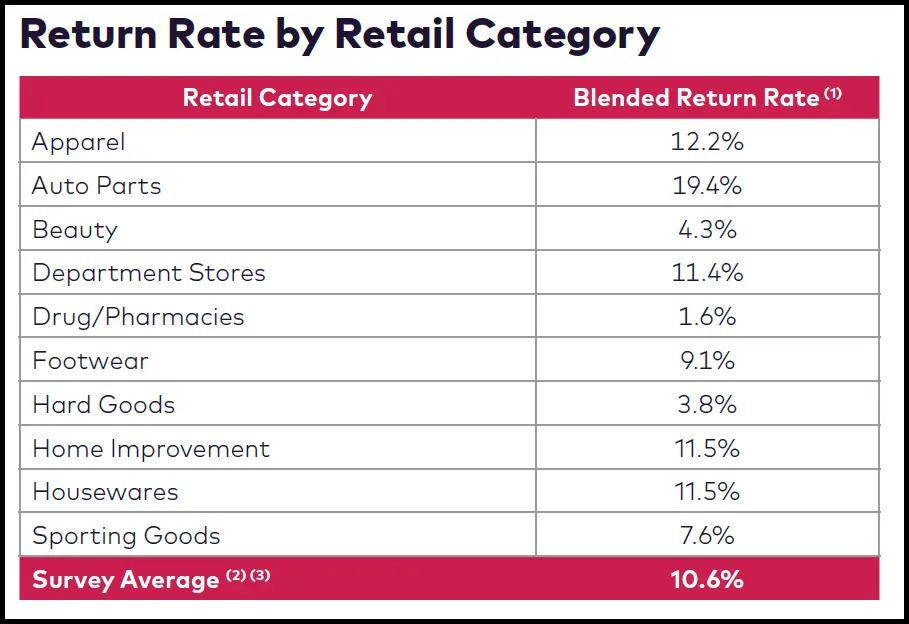
What is an average Ecommerce return rate?
A quarter of customers return between 8-15% of the items they buy online.
Now that you know the Ecommerce return rates by category, the next step is to understand how to address these issues and how to reduce refunds.
8 proven strategies for reducing Ecommerce returns
The first and most crucial step to reducing the return rate of your Ecommerce store is to have a high-quality product. This is because no strategy can help you if the quality of your products is not up to par.
Once you have ensured that your products are of good quality, you can start implementing the following Ecommerce returns best practices to lower the return rate of your online store.
1) Provide clear and detailed product descriptions
One of the main reasons that online purchases have a higher return rate is that customers cannot examine products in person before buying them. This increases the likelihood of customers being disappointed with their purchase and want to return it.
That is where detailed descriptions come into play. A well-written and informative product description can do wonders for your business by helping customers make informed buying decisions while reducing the number of returned items. In fact, 88% of shoppers say detailed product information is extremely important when making a purchase.
Hard Graft, an Ecommerce luxury lifestyle accessories brand, does an excellent job with its product descriptions. Their description for one of their laptop bags sets the product apart by clearly providing detailed measurements, info on the materials used, and more.

Ecommerce returns best practices:
- Provide product descriptions that are always accurate and current, down to minor details.
- Include high-quality images of the product from different angles to help customers better understand its appearance and reduce the likelihood of returns due to misunderstandings.
- Describe its features and benefits in detail. This can help customers understand why the product is worth purchasing and how it can meet their needs.
Lifesight tip : Never mislead your customers with overstated claims or inaccurate descriptions. Ensure that the product is accurately portrayed and be honest about limitations or drawbacks, so customers know what to expect.
Read more: Our guide on how to craft actionable order confirmation emails.
2) Use high-quality product images
The product images are often the only way your potential customers can get a sense of what they’re buying from you. This means it’s crucial to make the extra effort to ensure your product images are high quality and give your customers all the information they need to make a purchase confidently.
Additionally, more than 22% of returns happen because the product looks different in real life than online. This shows how critical it is to have accurate product images so that customers can get a clear idea of what they’re buying.
Twelve South sells incredible accessories for Apple products, using top-notch images to showcase their products.

They include numerous images of the product in the customer’s hand to give customers a sense of the size and scale.

They also include an illustration demonstrating how the product works to help people understand what exactly they are buying.
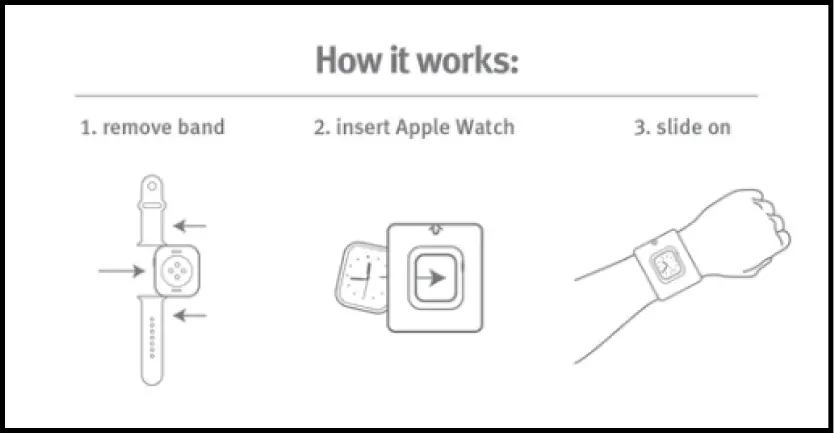
Ecommerce returns best practices:
- Use multiple images to show customers what the product looks like from multiple angles, and include zoomable images so they can get a close-up view.
- Use high-resolution images that are clear and crisp, with no blurriness or pixelation.
- Use natural lighting to show the product’s true color and texture.
Lifesight tip : Show the product in use or in its intended environment. This can help customers better understand its appearance, visualize how it fits into their daily lives, and increase confidence in their purchase decision.
Read more: Killer DTC email campaign examples for 2023.
3) Offer detailed sizing information
Even though most people are familiar with the standard sizes for clothing and footwear, there can be a lot of variation between brands. This is why it’s so important for brands to provide appropriate size charts on their websites and help customers to find the right fit for their specific body type.
As apparel products account for almost 43% of total Ecommerce returns, providing the correct size charts can be the key to reducing the average Ecommerce return rate.
Especially in products that require sizes, the Ecommerce return reason would be that sizes vary based on country-specific measurements.
Allbirds, an Ecommerce footwear company, has a very detailed size chart for men and women to reduce product returns and ensure customers get the right size.
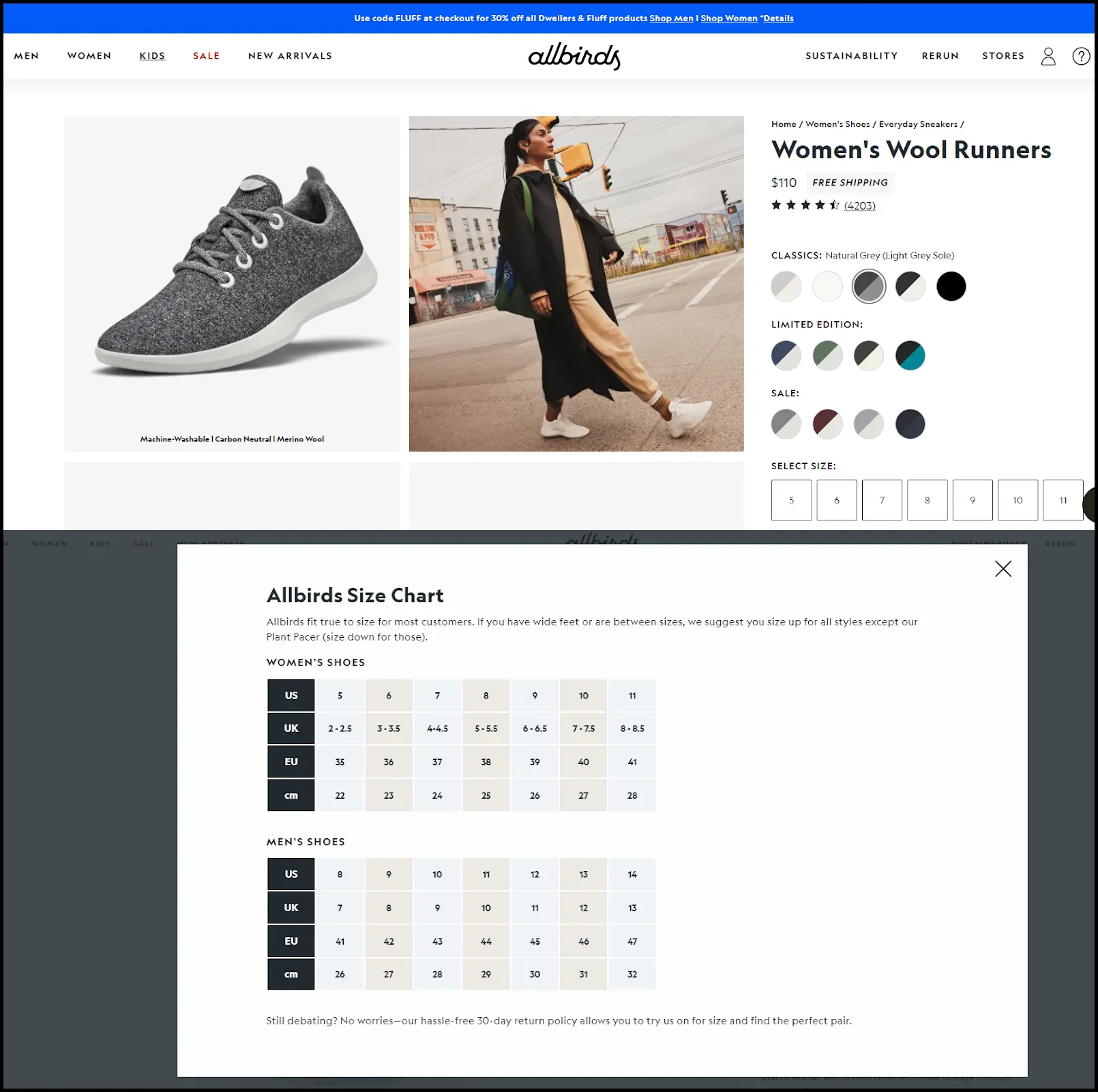
Ecommerce returns best practices:
- Make sure to indicate the height of the models wearing your products in the images and the size of the product they wear. This will help customers determine the right size for themselves.
- Place the size chart prominently on the product page or in the product description, so customers can easily find it.
Lifesight tip : Consider offering a custom size chart tool that can predict the size based on the customer’s height, weight, body type, and personal fit preferences. This will help reduce the number of returns as customers will be able to order the correct size the first time around.
Read more: 10 Cart abandonment mistakes you should avoid in 2023.
4) Provide live chat and other customer support options
When customers encounter issues with your product and consider returning it, live chat can be a great tool to connect with them and help resolve the issue. By providing prompt and courteous customer service, you can turn a potential return into a satisfied customer who will continue to use your product.
Additionally, with 66% of customers expecting near-instant responses to questions, live chat is an excellent way for customers to solve their problems quickly.
Furthermore, live chats can also assist customers in asking questions before purchasing, thereby reducing the number of returns due to misaligned expectations.
Jaxxon, an online jewelry brand, uses live chat support on its returns portal page to help customers considering a return. Offering this support allows customers to reach out and resolve any issues they have that may have driven them to the return page in the first place.
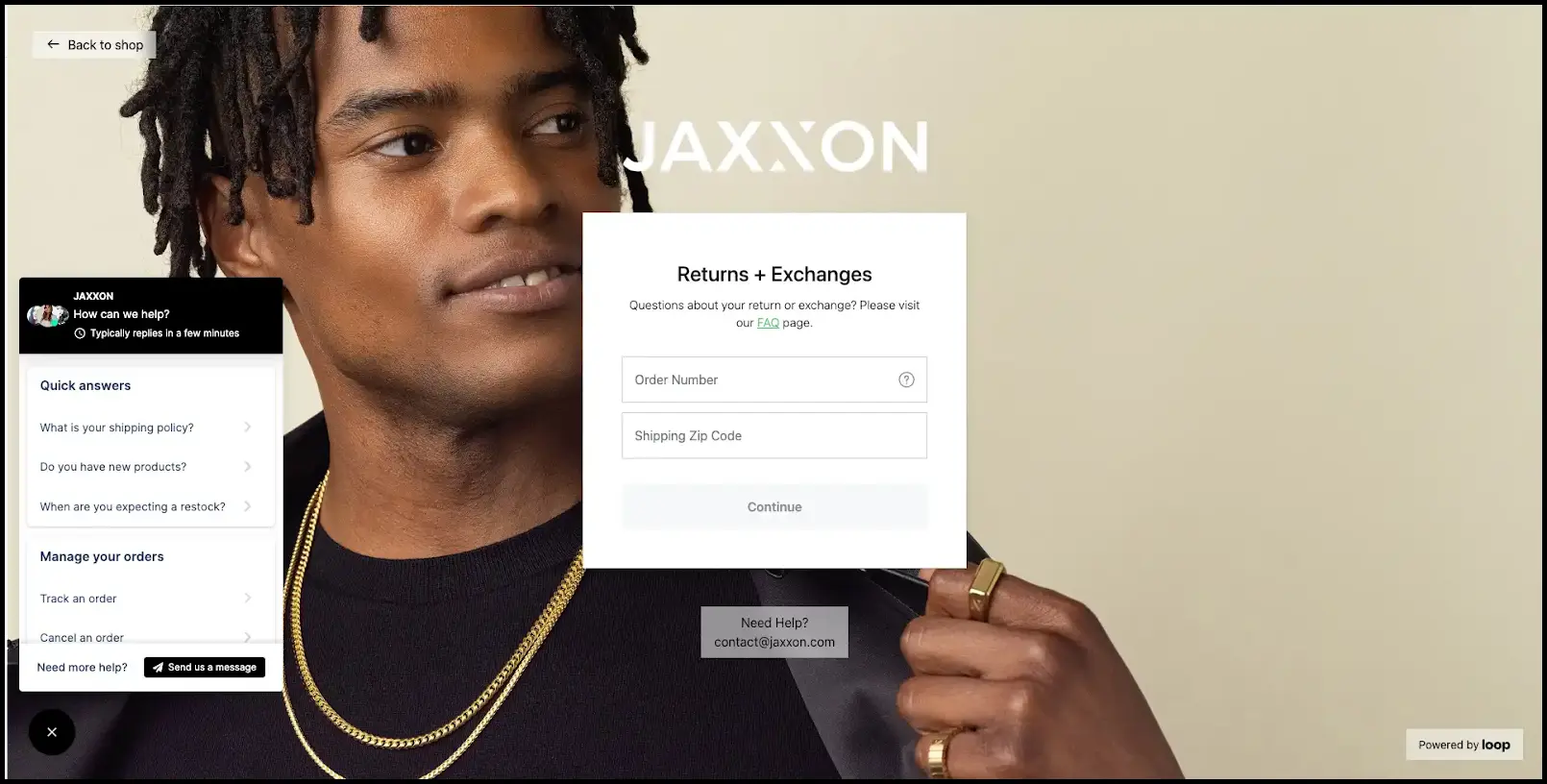
Ecommerce returns best practices:
- Your live chat team should be friendly and professional when handling customer questions and concerns. They should also be trained to try to resolve the issue in the chat itself.
- Setting specific customer support hours is important if your team isn’t available 24/7. This way, customers know when they can expect a response to their inquiries.
Lifesight tip – Sometimes, customers will have issues with how to use some core functionality of the product or other technical problems they might be experiencing. Encourage customer service agents to share helpful resources or offer links to relevant solutions in such times to help customers solve their own problems and reduce the need for returns.
Read more: How to improve your Ecommerce checkout experience in 2023?
5) Encourage customers to leave reviews
Customer reviews are one of the most effective sales tools that Ecommerce stores have, as it provides customers with an impartial source of information to help them make an informed purchase decision. Encouraging customers to leave reviews can help reduce Ecommerce product returns because it allows other customers to better understand the product before making a purchase.
Additionally, by encouraging reviews and using them to improve your products and customer experience, you can reduce the number of returns and increase customer satisfaction.
Steve Madden is an Ecommerce apparel brand that offers customers a variety of ways to sort reviews, including by size, images and videos, the reviewer’s age, the product’s pros, and whether the reviewer recommends the product. This makes it easy for shoppers to find the information they need to make informed purchase decisions.

The review page for the product also includes a scale that allows previous customers to rate it based on how true it is to its size description.

Ecommerce returns best practices:
- Send a post-purchase mail with a link or form to submit their review.
- Encourage customers to leave reviews by offering incentives such as discounts, free shipping, or other perks.
- Respond to customer reviews, both positive and negative. This can help improve the customer experience and demonstrate that you value customer feedback.
Lifesight tip : Provide a sample/template to write a review. Most customers are hesitant to write reviews because they don’t know exactly what to say. Providing them with a template or sample will give them a starting point for writing a review.
Read more: A complete breakdown of high-converting Ecommerce product pages.
6) Provide sturdy packaging
Once your products have left the warehouse for delivery, there is very little you can do to protect them from damage. Your products can be subject to a lot of rough handling during transit, which could damage them completely. In fact, 30% of products are returned because they arrive damaged or broken.
While you can’t always prevent your products from getting damaged during shipping, there are some things you can do to minimize the risk, such as using sturdy packaging and labeling your products clearly.
Caraway Home is a direct-to-consumer (DTC) retailer that sells well-designed, non-toxic ceramic cookware. As their products are fragile and prone to damage, you can see them taking extra precautions by providing padding and structural protection in their packaging to protect the items during transit.
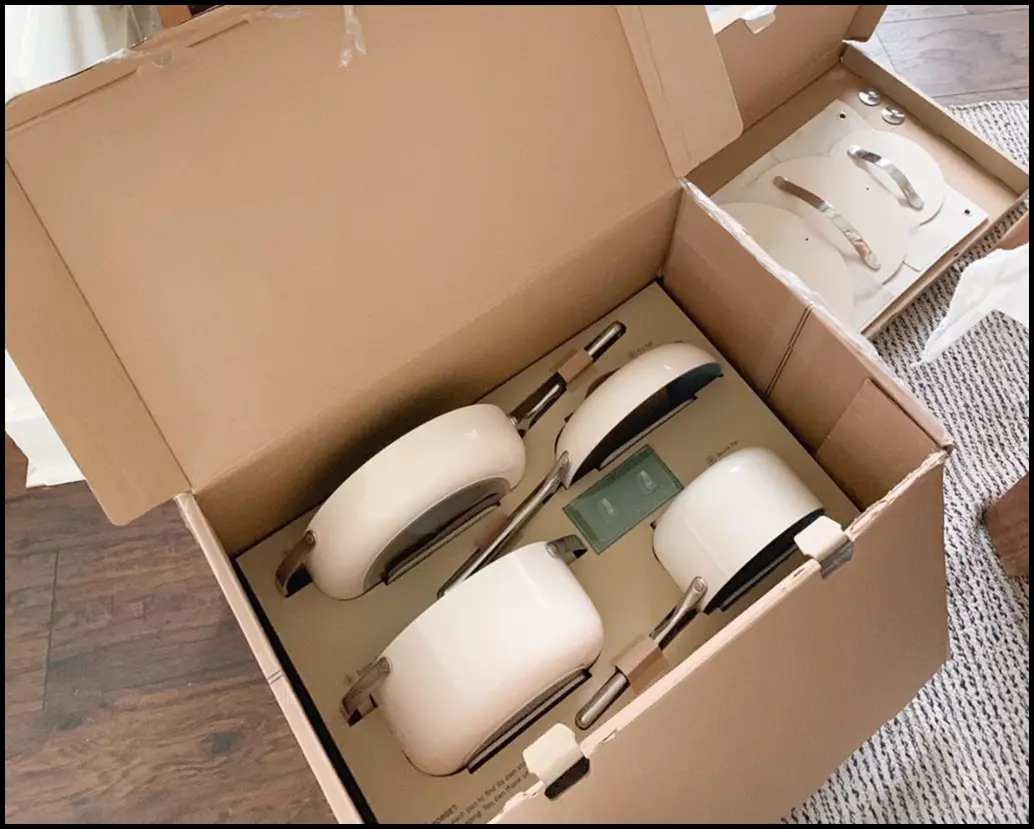
Ecommerce returns best practices:
- Include clear and concise content information and special storage instructions for your delivery partner if your package contains any fragile or damageable items.
- When packaging your items for shipping, be sure to use the correct size parcels so that they don’t jolt around during transit and arrive damaged.
Lifesight tip : Choosing the right logistics partner is crucial for your business, as it has the potential to make or break your business. A critical Ecommerce return solution is to ensure that you partner with a trusted logistics company with a proven track record in your industry.
Read more: An intriguing approach to brand storytelling for Ecommerce businesses.
7) Promote exchange instead of return
Exchanging products instead of offering refunds is a great way to keep customers happy and reduce revenue losses at the same time. Even though there may be some cost associated with exchanging products, it is usually much less than refunding a customer in full.
By exchanging one product with another, you can also ensure that a product of your brand is in the hands of the customer, thus boosting your customer retention and bottom line.
The following report from Narvar illustrates how customers react once they return a product. As you can see, only 16% of them will switch to a different retailer to find the same product. This means that most customers who request an Ecommerce return will be open for exchange from your store itself.
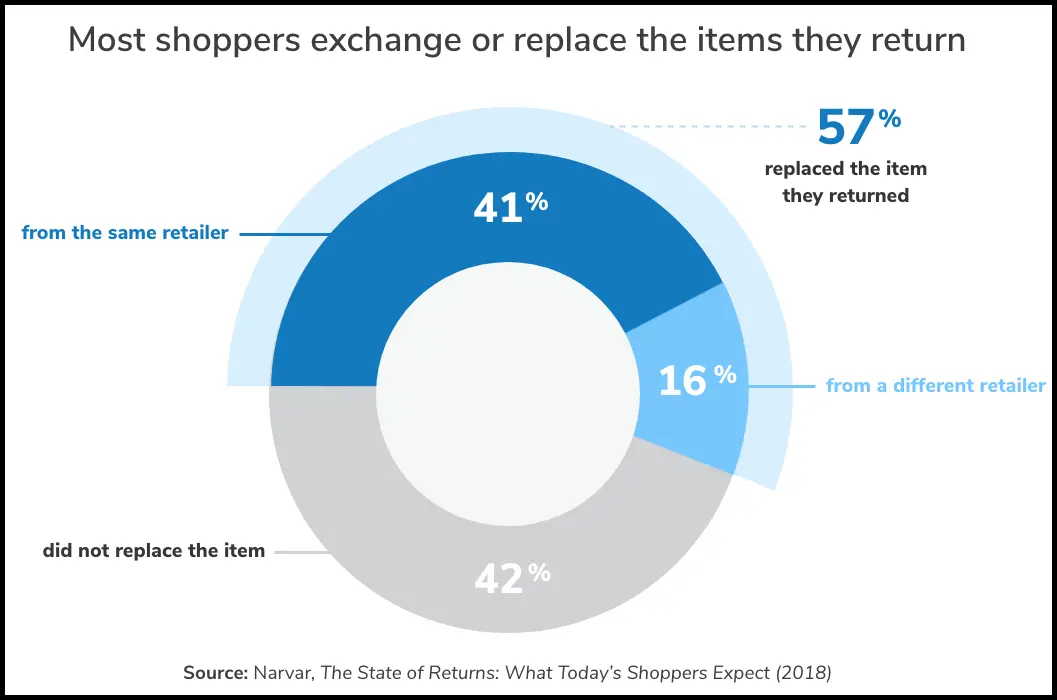
Outdoor Voice is a great example of a DTC apparel brand that promotes exchanging products instead of offering refunds. The brand goes a step further by offering a 45-day exchange period, while the return period is shorter, encouraging customers to exchange rather than return products.

Ecommerce returns best practices:
- As shown in the example, consider extending the time window for exchanges while keeping the refund window the same so that customers can exchange their purchases rather than asking for a refund.
- Offering incentives on exchanges is a great way to attract customers and get them to opt for an exchange.
- Suggest products to customers based on their previous behavior, browsing, and purchase history in exchange for the product they want to return.
- Loop can also be used to optimize the overall process. Loop makes it simple for your customers to select the perfect replacement with one-click exchanges.
Lifesight tip : Provide free shipping only for exchanges and charge a small shipping fee for refunds. In this way, customers will be more likely to choose an exchange over a refund.
Read more: The best Ecommerce drip campaigns of 2022.
8) Provide easy or free returns
Lastly, even after applying all these strategies, Ecommerce returns are inevitable. And that’s okay! But it’s important to ensure that the return process is smooth and hassle-free for your customers, as 92% of customers say they’ll buy again from a retailer if returns are easy.
Zappos, an online footwear retailer, offers its customers a 365-day return policy as well as a VIP program with a benefit called “Rapid Refunds.” This program refunds customers’ money immediately as soon as UPS scans the return package, meaning they get their refund instantly. This leads to a better customer experience and enhanced customer loyalty.
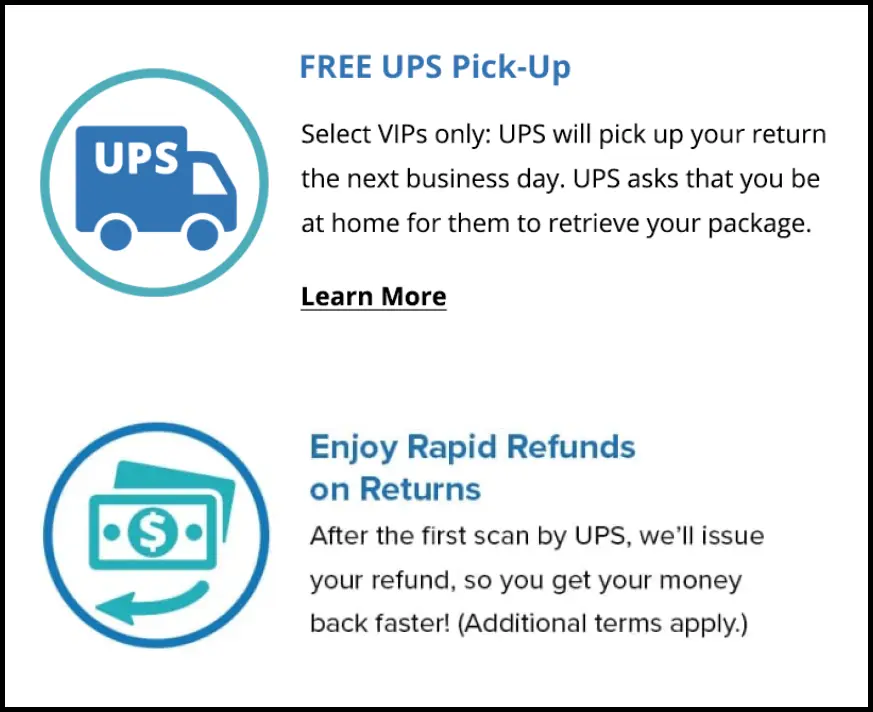
Ecommerce returns best practices:
- Ensure the return process is straightforward and easy to follow, with detailed instructions on initiating a return, including any deadlines or requirements. This avoids confusion and frustration and makes the process smoother.
- When a customer initiates a return, it’s essential to respond promptly and efficiently. Doing this might help turn a negative experience into a positive one.
Lifesight tip – Consider providing personalized return instructions for each customer rather than a generic process to make it a positive experience. This shows that you care about your customer and can go a long way in boosting customer retention.
Read more: 7 Best Ecommerce shipping best practices worth implementing in 2023.
Conclusion
No matter how great your product is, you’ll always have some customers who return it. While there are plenty of reasons why this might happen and are usually outside your control, it’s important to analyze the Ecommerce returns and take proactive measures to reduce them.
In this article, we discussed some proactive measures that will help you reduce your Ecommerce return rate and enhance customer satisfaction, ultimately boosting your business’ bottom line.
You may also like
Essential resources for your success
























































